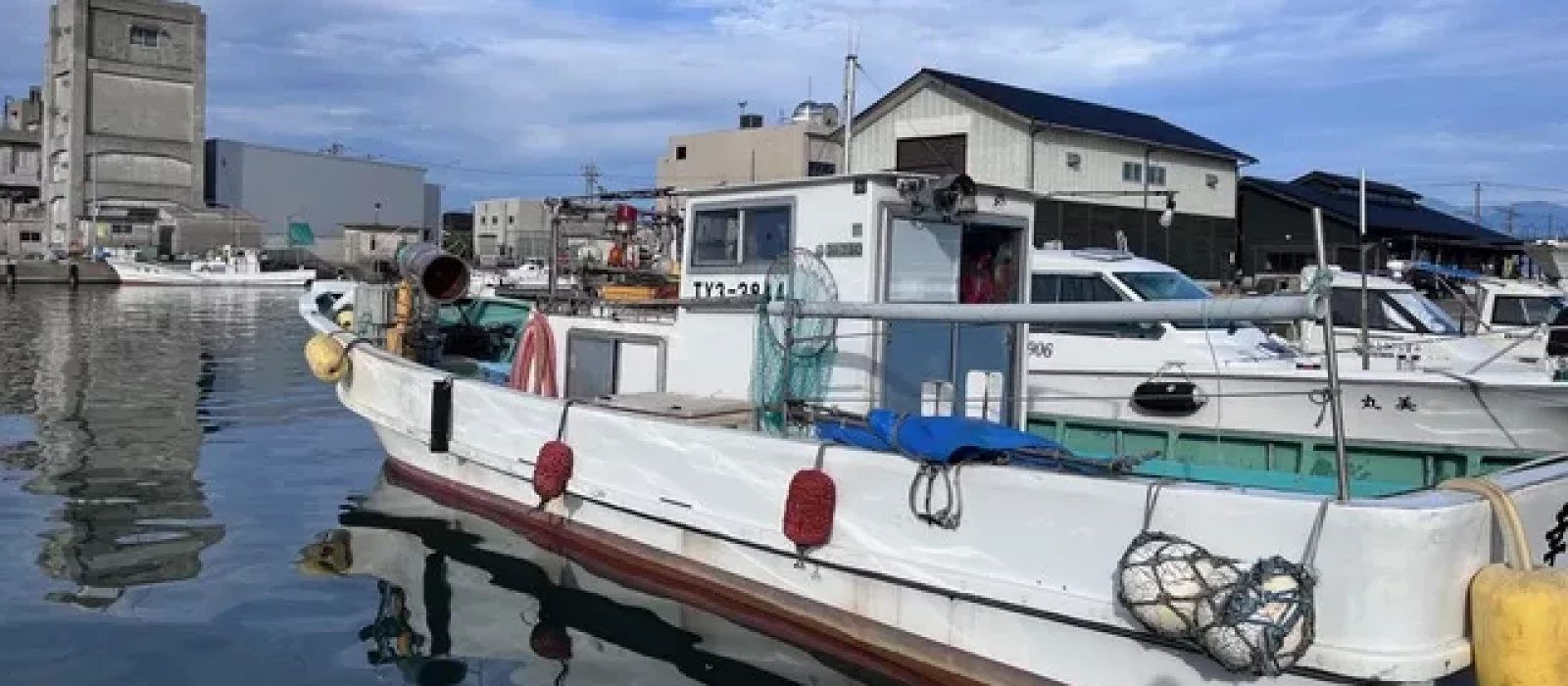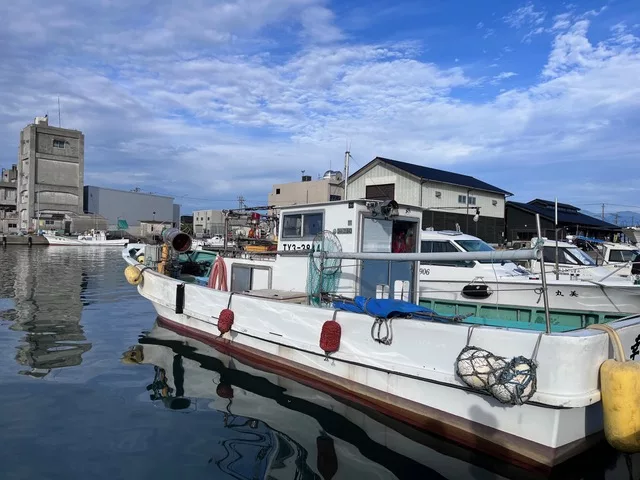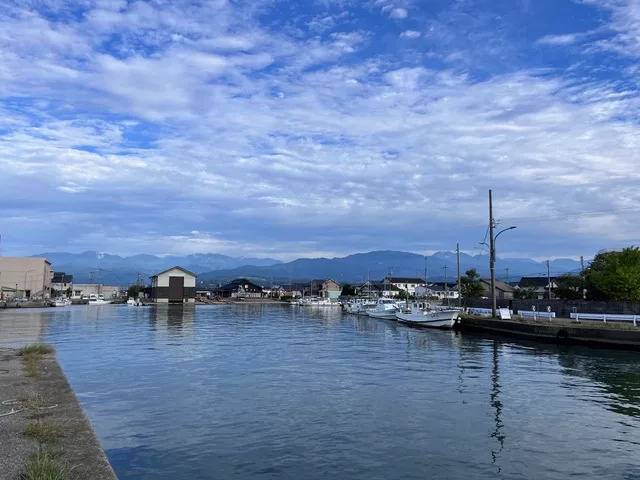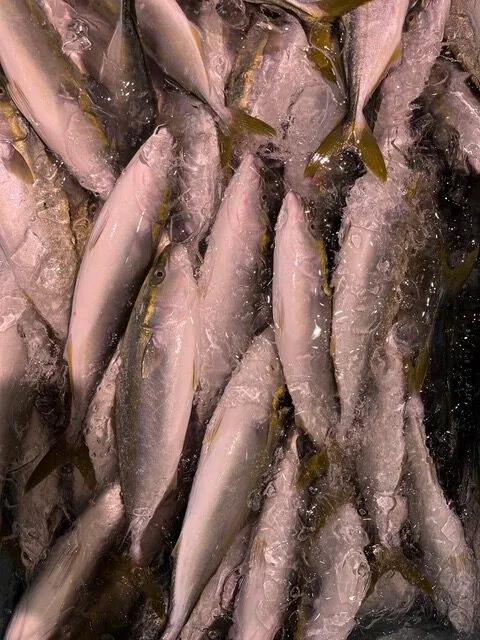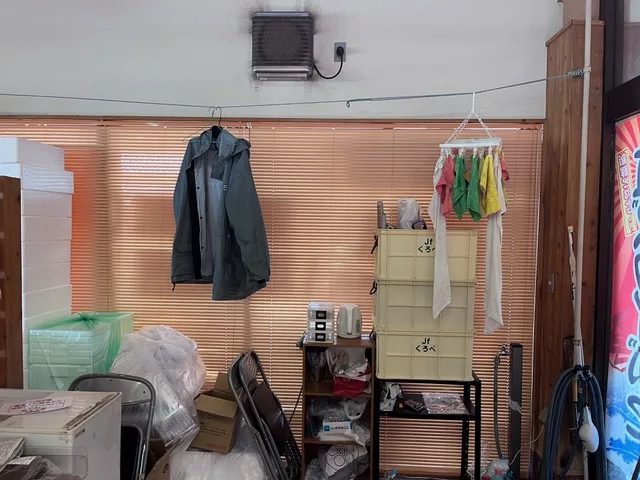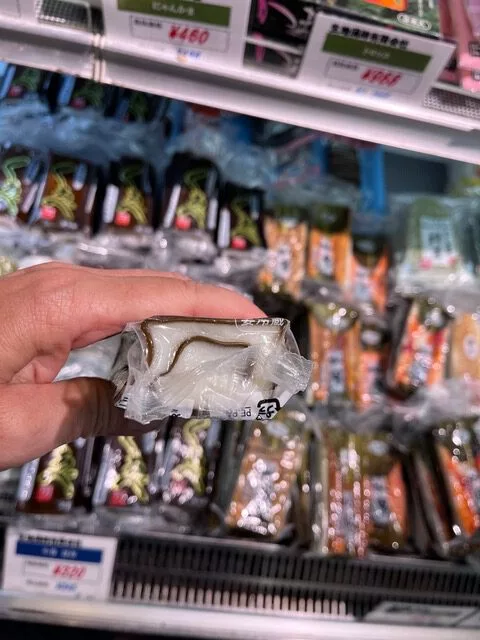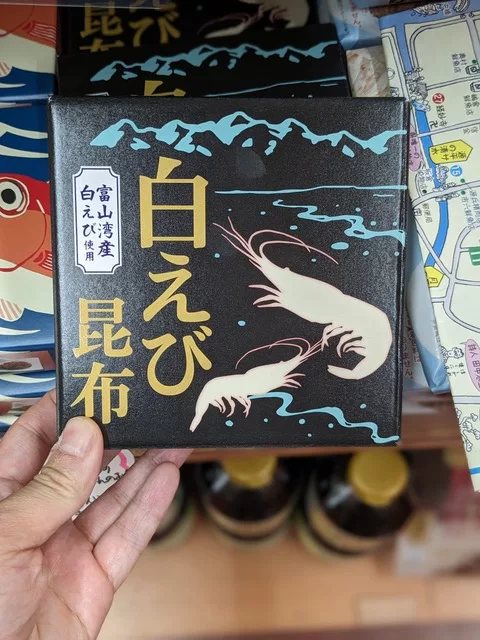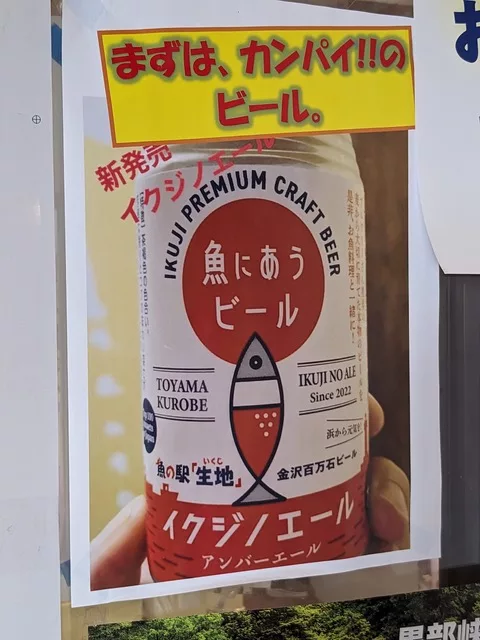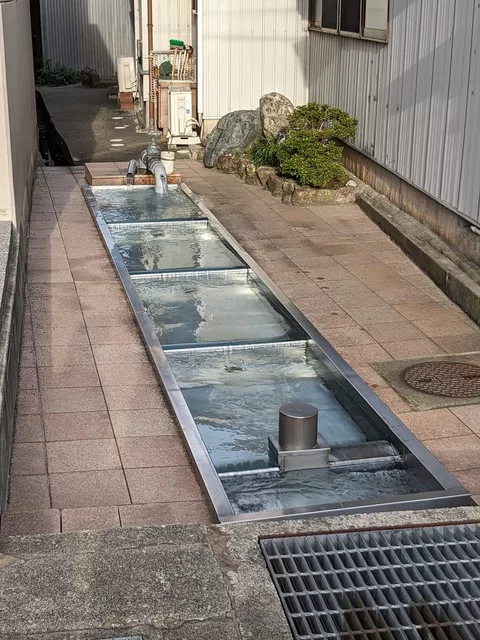Mail arrives from the Hokusai museum in Tokyo. I had left a request with them to highlight research material on his Chie no Umi series to me, as there are so little academic papers out there. They sent me a list of links, but nothing was helpful, only repetitive picture descriptions. When I had visited, the librarian had found exactly one article with two sentences on this picture series. Hokusai seemed to have abandoned this project midway. What about women working with the sea? What about seaweed and kelp harvesting? What about spiritual places linked to waters? The fishermen with their rods look heroic, muscular, strong, fighting against the weather and waves, working in a somewhat testosterone driven harmony with the sea. But what about the others? The ones that writer Ursula K. Le Guin in her Carrier Bag Theory called for? The ones who collected and maintained, stewarded and harvested. Where are the quiet and nurturing stories of those who kept in mind that future generations will also need to live from the sea? I make a mental note to feel more into these spaces that Hokusai left out.

We arrive in Toyama City. I am keen to visit the Ama divers on Hegurojima, an island off the Noto Peninsula. They are the last remains of a culture that still survives in Japan and Korea, in little pockets where the landscape allows their traditional way of life. The UN calls them an ancient tribe of anarchistic women who knew how to hold their breath and go foraging on the sea floor. They dive for shells, mussels, abalones. They read the swirling sands on the bottom of the sea. But their culture is ageing fast. Their daughters prefer to move to the cities, with the conveniences of modern life. I know that there are still some of them living on Hegurojima. It is a place far away from everything, with exactly one minshuku, a common people’s lodging. I had called the place from Berlin and an old lady had answered. I told her I would like to visit for two nights to talk to the Ama. “They will stop their season on October 1st, so please come earlier.” And so I booked the last two days of September with her.
Toyama is like many of the coastal places in Japan with its own unique fishing culture. Here, the bay provides for a bounty of local fish specialties. In the Japanese culture, pamphlets never tire of describing landscape features that provide for the habitat of certain eatable species that then get marketed and become a meibutsu – a famous local dish, in this case fish, that one must have tasted before leaving. And better still, to buy some, frozen or vacuum sealed meibutsu in beautifully designed boxes, food that will never taste like the ones eaten fresh, but can be taken home, as a stale memory. In Toyama Bay, the pamphlets and NHK programs teach about he coastal shelf that drops down right after the coast, leveraging the seabed to 1500 metres below. With such differences in water temperature a lot of fish species can thrive that would not in other coastal areas. Also, the shape of the bay acts like a funnel and drives the fish into this place. Flying squid, firefly squid, winter yellow tail and many more.
An hour north of Toyama is the small fishing village of Ikuji with what seems like a thriving COOP. And there are more interesting connection for this search of bodies of water left out by Hokusai: Edged between the white mountains of the northern Japanese Alps, with the only Japanese glacier feeding into its rivers and streams, Ikuji is known for its pristine well waters. 600 springs bubble up throughout the town of Ikuji, with an interesting mix of minerals. More than one poem was written about their quality. But the well water is also used for something else, too: to process kombu, the giant kelp.
Across the street from the COOP, Aimono is one of the oldest Kombu manufacturing places in Japan. Their manufacturing plant is located near a rice field, where white herons feed on frogs. At the entrance is one of the iconic Ikuji springs that runs downs in stone cascades, from one pool to the next, a four-step procedure to divide the water between drinking – top pool, to washing vegetables – next pool, to washing laundry, and finally releasing it into the rivers that run through the city.
Edo-san, a women dressed in pink factory clothes and a bright smile shows us round the showroom.
More on Thursday. On Kombu, on a fisherman with a strange instagram account, and an evening of fisherpeople enjoying the sunset.
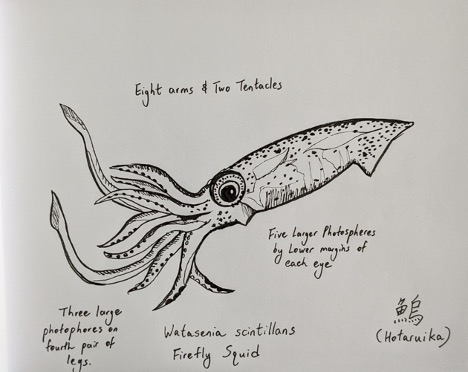
A firefly squid (Watasenia scintillans). A local delicacy in Toyama Prefecture, they rise in large numbers from deeper waters to spawn in the spring. Encountered in a brochure by the Toyama Prefecture Department of Agriculture, Forestry, and Fisheries.
Sketch by Isaac Yuen
